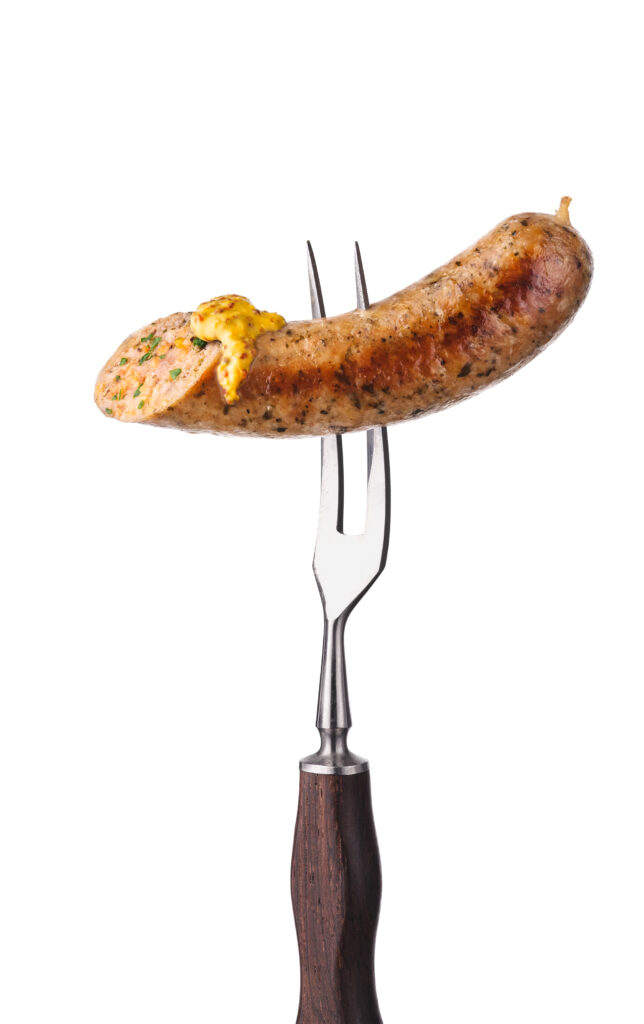After burgers and meatballs, sausage and cold cuts are among the most popular products in the plant-based meat alternative category. This was shown in an international consumer survey by Innova Market Insights last year. In fact, according to the Good Food Institute, in Germany sausage and salami are the highest-revenue category. And it’s no wonder, because this market segment offers enormous variety. From cold cut varieties to salami to classics like wieners, frankfurters, and white sausage, there is a wide range of specialties to choose from. Planteneers makes this huge variety possible with its fiildMeat S-series functional systems.  These all-rounders are suitable for making many plant-based sausage and cold cut products, as well as bacon and liver loaf. They can also be used to make a wide range of international specialties like Italian mortadella, Spanish chorizo, Turkish sucuk, and other classics from many markets.
These all-rounders are suitable for making many plant-based sausage and cold cut products, as well as bacon and liver loaf. They can also be used to make a wide range of international specialties like Italian mortadella, Spanish chorizo, Turkish sucuk, and other classics from many markets.
This range of possibilities has helped make these established functional systems some of the best-sellers in the Planteneers portfolio. Another reason is their functionality. The systems are based either on fava beans and peas or on soy. Both versions give juicy, elastic, meat-like final products with good sliceability. Sebastian Barsch, Head of Product Development at Planteneers, notes: “The combination of fava bean and pea protein is a technical and sensory win. With it we achieve reliable emulsion and water binding, a meat-like elasticity, and sliceability. At the same time it gives a balanced flavor profile in which the notes of the two raw materials complement each other.” Thus, it delivers the same benefits that soy protein has long been known for.
The resulting plant-based sausage alternatives for eating hot and cold are made on the same standard equipment as conventional sausage products. Both functional systems have been on the market for several years and have proven themselves in use, notably in converting from pilot to large-scale production. They also have the advantage of enabling manufacturers to respond to market shifts flexibly, for seasonal or trend products. The current interest in “whole foods” is an example. “We can integrate fresh vegetables, herbs, legumes, or tofu into products,” reports Barsch. “Hybrid approaches are conceivable as well. We can draw from a deep fund of experience in the use of animal proteins through our sister company Hydrosol. So hybrids are likewise an absolute core competence. Naturally we assist customers in the development and implementation of promising product ideas.”


